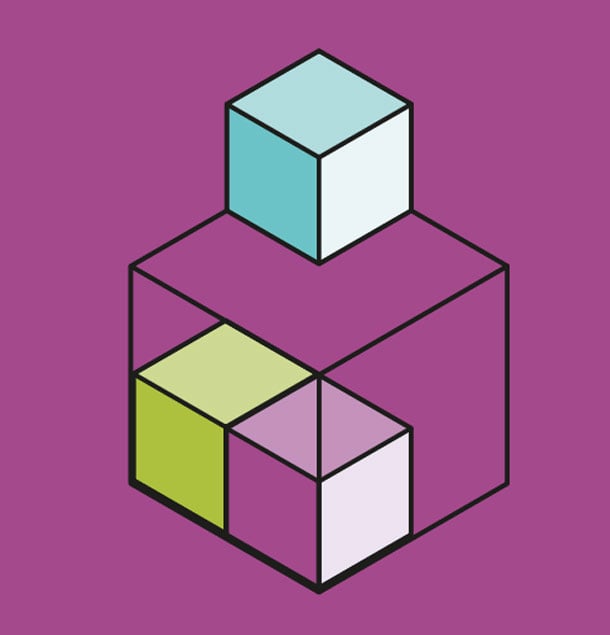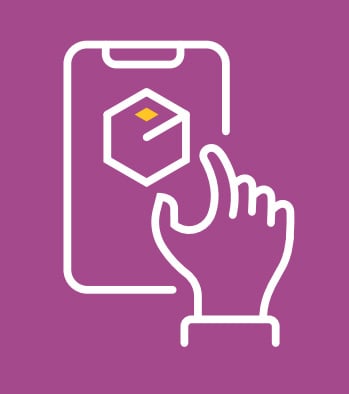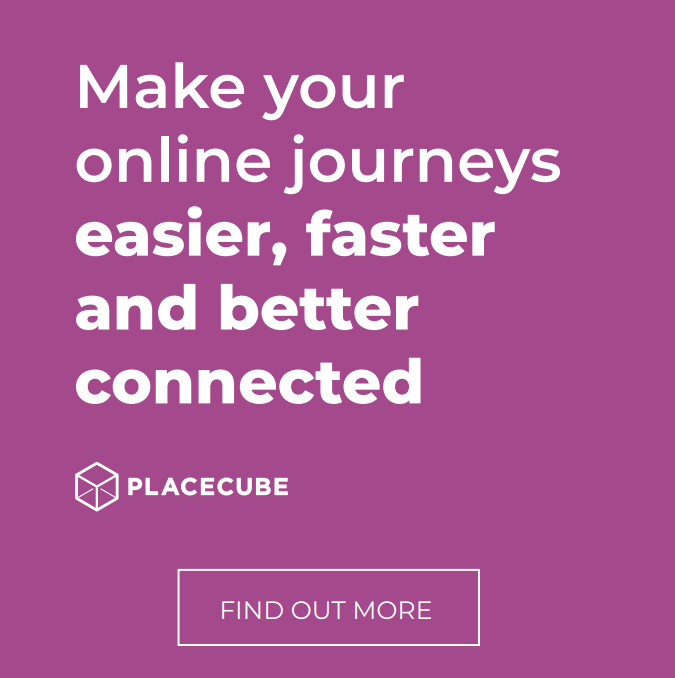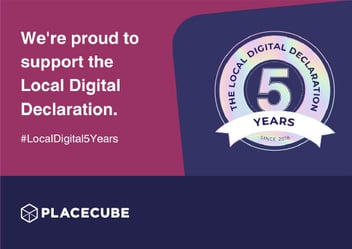The Low Code Waste Services project is one of nine council-led digital projects that were awarded funding through Round 5 of the Local Digital Fund to explore how modern development platforms can enable councils to design and build different types of front-facing services by themselves.
Placecube’s mission is to give the public sector easier access to open digital platforms that make life simpler with reusable open source modules which we call Cubes, that are built to open standards and communicate through open APIs. We work with our public sector customers to co-create open and connected platforms and to accelerate their digital journeys through reuse. We work collaboratively, ensuring that our clients never pay twice for the same development. We differentiate ourselves through our actions and behaviours, living by the core principles that we’ve defined to ‘Do the right thing’.
Digital Place for Local Public Services is an open digital platform, a SaaS offering that provides councils with a number of integrated digital services designed by Local Government for Local Government, core components to support digital services including case management, customer contact management, a low code form builder, workflow and local government specific page templates. Digital Place has the powerful Liferay DXP platform embedded within it, enabling full code development.
Working with several of our customers during 2021 we identified a range of additional features that low code developers used in their existing forms and workflow products, which would be valuable enhancements to Digital Place. In earlier projects that we co-designed and delivered with customers, we had developed digital services in full code, much as councils like Hackney have with digital service suppliers like Futuregov (TPX Impact), MadeTech and Unboxed. But moving to a new business model, providing Digital Place as a platform that gives councils control and freedom, without the need to depend on our developers, meant that we needed to enhance our low code features so that councils could use them to do what we used full code to do before.
We founded Placecube back in 2019 because we believed that “build once and reuse” is a great principle, but that publishing open source code on Github is necessary but not sufficient to enable the majority of councils across the UK to gain benefit from it. Every council will need to tailor a common pattern to fit local variations in policy, technology infrastructure and organisational structures, and if the only way to do this is by paying for re-development, that forms a barrier. Providing configurable low-code platforms as a service brings reuse into the hands of council digital teams.
But most low-code platforms are proprietary, which means you are locked in, and need to employ developers with experience in that platform. In contrast, Digital Place is built using open standards – Java code, built as OSGi modules, which interoperate through APIs written to the OpenAPI specification. Code is published as open source on Bitbucket. The platform also uses a range of other open formats like Groovy, Freemarker and React.
Our customers choose to work with us because they want the simplicity of a SaaS platform, and a sustainable business model that can help the community to grow and access reusable code. But at the same time they know that they will be able to take the open source code and run it on Liferay Portal Community Edition if they ever want to.
Our vision for this project is to deliver a set of exemplar digital Waste Services, that demonstrate the utility of the enhanced low code components we will develop. 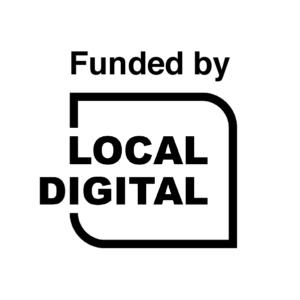
We’ve identified three main areas of enhancements:
-
Making it easier to create, configure and manage cases and their associated forms/workflow in low code
-
Bringing our integration capabilities into a single place and improving the ability to handle legacy integration types in low code
-
Enhancing various form field types along with a variety of additional conditional rules and calculations
Through December 2021 and January 2022 our development team worked on improvements to Case Management creation and configuration. We built a new UI that takes “case authors” through a much simpler process of creating a new Case Type, automatically creating the associated workflow, bringing the visual workflow editor into the same context and automating the creation of the scripting needed to integrate workflow tasks with the Case Type. The team also created a new UI that enables low code developers to add and edit the case management actions available at each stage of the process.
All of this is integrated with the existing “advanced” configuration and creates the JSON arrays that were used to configure v1 of Case Management that we co-designed with Camden. We are retaining access to directly edit these JSON arrays through an Advanced Edit mode, so that you can see the code if you want to.
In January and early February 2022 we moved on to implement a major upgrade to the version of Liferay embedded within Digital Place – we now have a new Digital Place v3.0 developer branch running Liferay 7.4, and we have upgraded and tested all of the core Digital Place modules that Placecube provides our customers, to tailor Liferay to a council context. This upgrade brings with it a number of form builder improvements and new features that directly support the creation of the digital Waste Services we will build later in the project.
The last building block we need to lay to complete the foundations is the improved Integration Manager – we are architecting this in February and early March, so that we can use it to implement the new integration connectors for each of the Waste Management systems used by the project partners. This will enable the addition and configuration of more types of integration without the need to write code.
We will be using all of these new and enhanced features to build a series of Waste Services in low-code through the rest of the project until May 2022. But of course these capabilities will be available to all of our Digital Place subscribers, to use in the creation of any digital service for any purpose across the place they serve – and anything they create will be shared across the community, and available for any council that joins us in future. In this way, the work we are doing with our partners on this project will bring value to many more councils over time – so that the public sector never pays twice with Placecube.
For more information about the project, take a look at the Local Digital Fund Low Code Waste Services website.
.png?width=1480&height=347&name=Placecube-Horizontal-BLK_4x%20(1).png)
